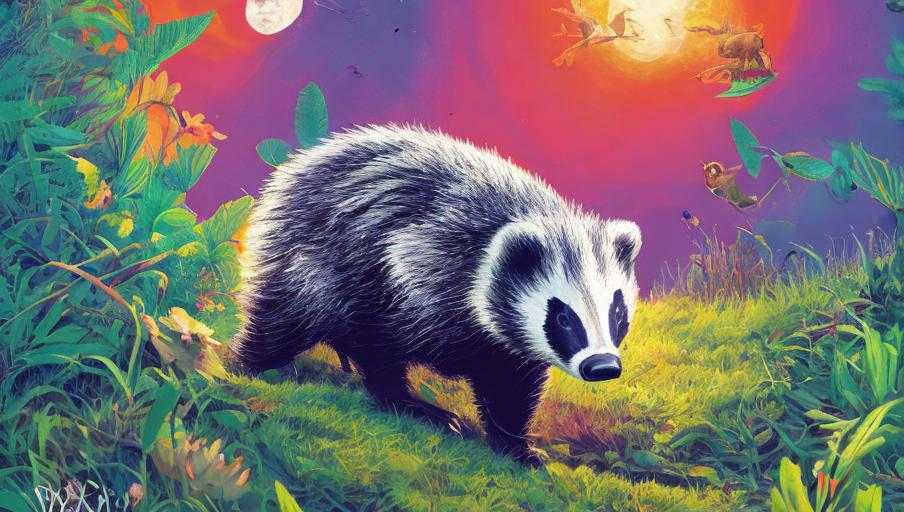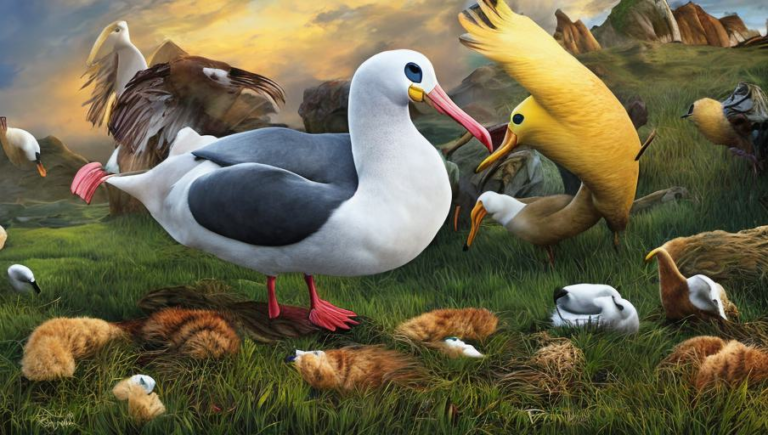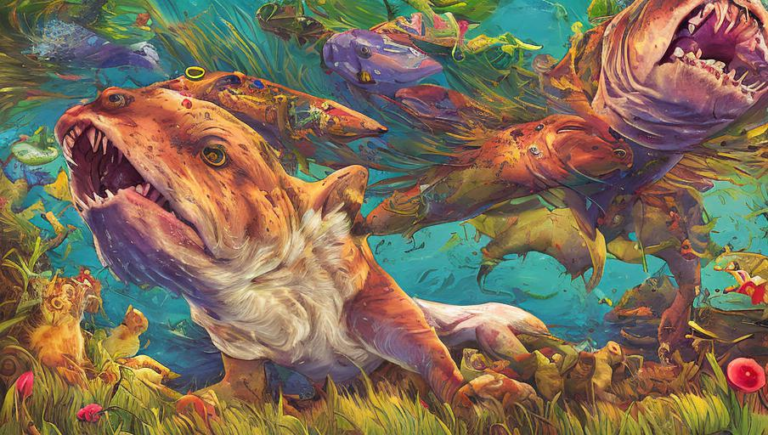Zapping Away Common Badger Myths

Understanding Badgers
Badgers are nocturnal animals native to North America, Europe, and Asia. They are small mammals that have short legs, a powerful neck, and a bushy tail. They are typically between 15 and 25 inches long and weigh up to 24 pounds. Badgers inhabit a variety of habitats, including grasslands, woodlands, and even deserts. They are omnivorous, meaning they feed on both plants and animals.
Digging and Denning
Badgers are famous for their digging skills. They use their powerful claws to burrow into the ground, creating underground tunnels and dens. These dens provide shelter from the weather and protection from predators. Badgers are also known for their territorial nature and will not allow other badgers to enter their territory.
Badger Myths
Despite their impressive digging abilities and territorial nature, badgers have been subject to some misconceptions and myths. One of the most common myths is that badgers are aggressive animals. This is not true. Badgers may appear aggressive if they feel threatened, but they are generally peaceful and are not prone to attacking humans or other animals.
Another common myth is that badgers are solitary animals. This is not true either. While they may not form large social groups like some other animals, badgers can and do form small family groups and socialize with other badgers in their area.
Living with Badgers
If you live in an area with badgers, it is important to be aware of their presence and respect their habitats. Badgers need plenty of space to roam and dig, so it is important to avoid disturbing their dens and to be mindful of their natural behavior. It is also important to keep pet food and garbage away from badgers as they can become reliant on human-provided food sources, which can be dangerous for them.
Protecting Badgers
Badgers have experienced a large decline in population over the past few decades due to habitat loss and hunting. It is important to take steps to protect badgers and their habitats, such as creating wildlife corridors, preserving grasslands and woodlands, and providing educational materials to the public. By understanding and respecting badgers, we can help ensure their survival.
Conclusion
Badgers are fascinating animals that are often misunderstood. By understanding the facts about badgers and taking steps to protect them, we can help ensure their survival for years to come.





